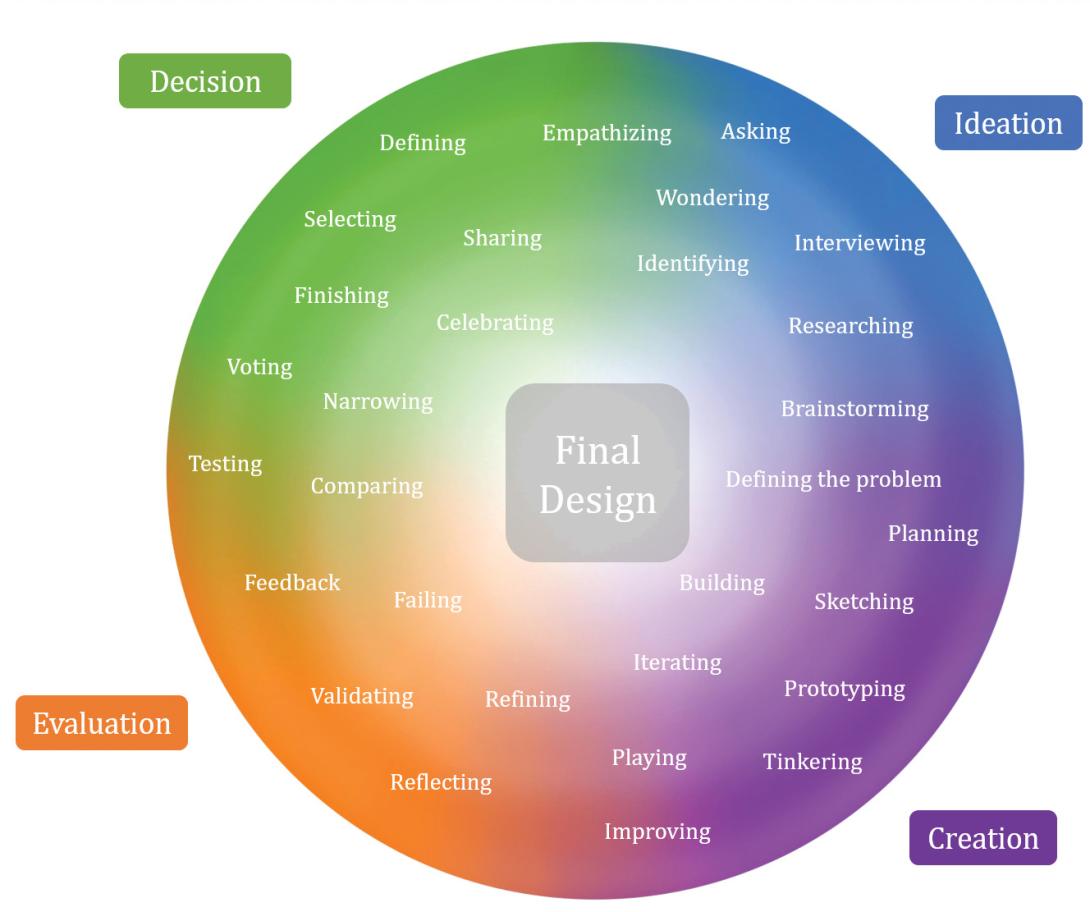Simulation Technology and Student Engagement
PublicationAn authentic learning environment with the integration of technology can effectively engage students and improve their academic performance. Technology can support learning situations that relate to real life, and provide opportunities for inquiry and collaboration, fostering engagement. This paper will provide details of an authentic learning environment that utilizes flight simulation software to engage middle school students in the learning of several math and science concepts. Active learning lessons were developed using missions flown on the flight simulator. The pedagogical approach was
